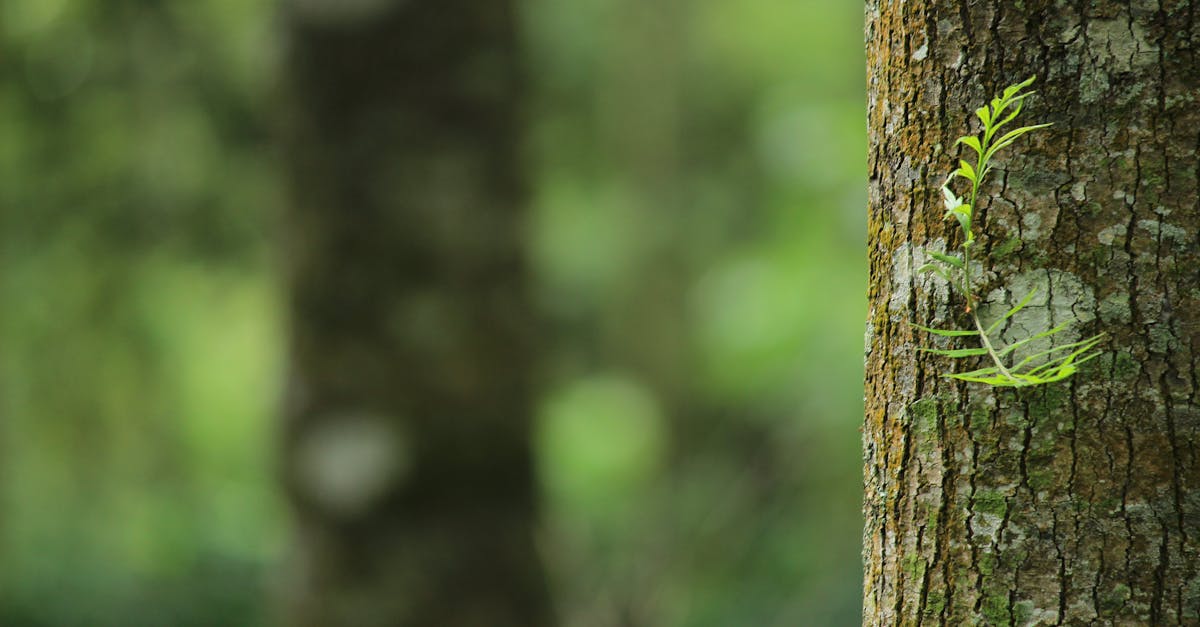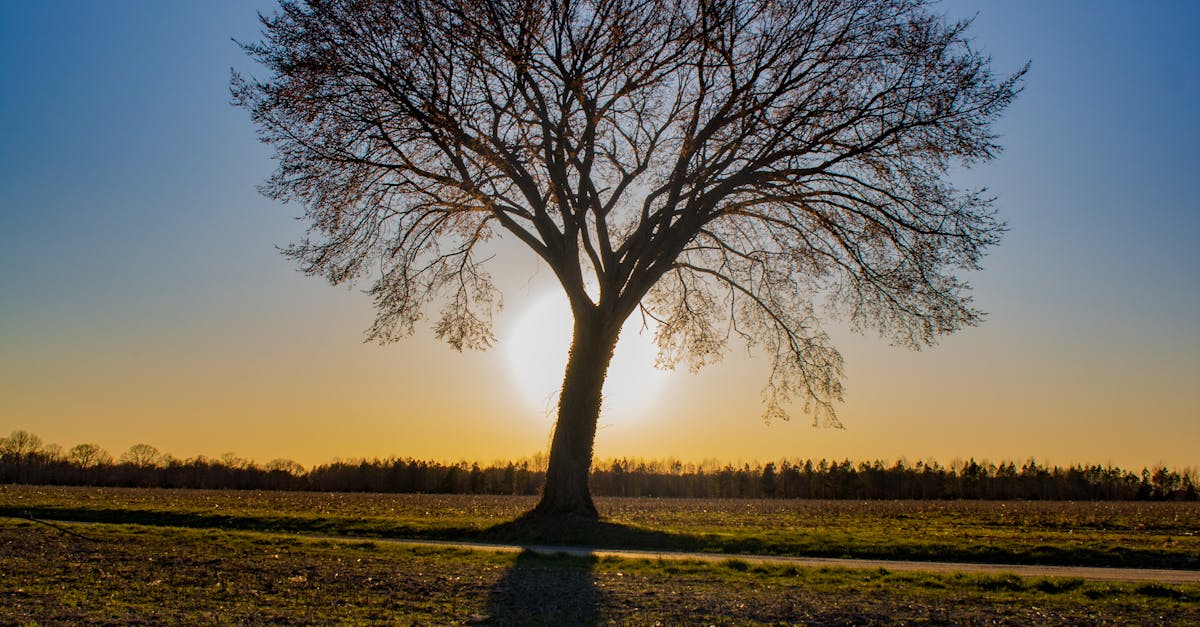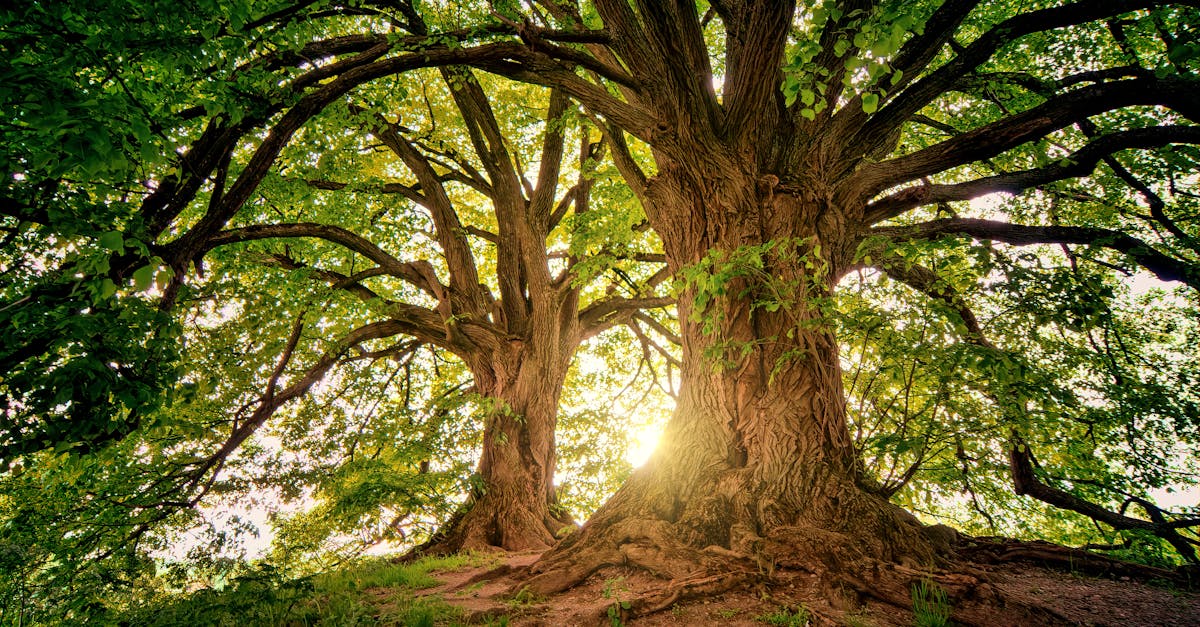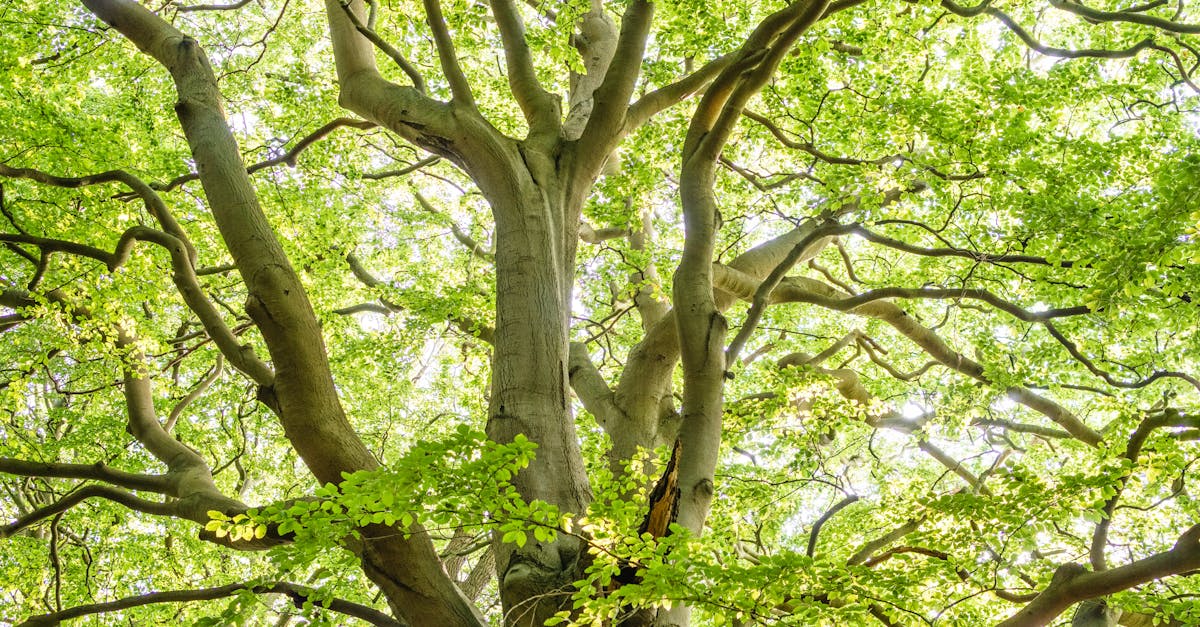
Implementing Safety Measures Based on Tree Risk Assessment
Implementing safety measures based on Tree Risk Assessment Kennesaw, Georgia is crucial to ensure the wellbeing of both individuals and property. Once the risk assessment has been conducted and potential hazards have been identified, it is essential to take proactive steps to mitigate these risks. This might involve pruning overhanging branches, removing dead trees or limbs, installing support systems, or implementing signage to warn of potential dangers.
Additionally, communication plays a vital role in ensuring that safety measures are effectively implemented. It is imperative to inform all relevant parties, including property owners, residents, and visitors, about the identified risks and the steps being taken to address them. Open dialogue and clear signage can help prevent accidents and injuries while promoting a culture of safety and awareness within the community.
Mitigating Risks and Preventing Potential Accidents
Mitigating risks and preventing potential accidents are essential components of a comprehensive tree risk assessment strategy. By identifying possible hazards and implementing proactive measures, property owners can significantly reduce the likelihood of tree-related incidents. Tree Risk Assessment Kennesaw, Georgia suggests implementing pruning techniques to remove dead or weak branches that pose a threat of falling. Regular tree maintenance, such as trimming overgrown branches and monitoring tree health, can also help prevent accidents caused by structural weaknesses or disease.
Another crucial aspect of mitigating risks is addressing root systems that may compromise the stability of trees. Conducting soil assessments and ensuring proper irrigation can aid in maintaining a healthy root system, thereby reducing the risk of uprooting during inclement weather or natural disasters. Tree Risk Assessment Kennesaw, Georgia highlights the importance of evaluating the proximity of trees to buildings and power lines to minimize potential damages in the event of tree failure. By taking proactive steps to mitigate risks, property owners can create a safer environment for both inhabitants and visitors.
Monitoring and Reviewing Tree Risk Assessment Practices
After initiating the necessary safety protocols and conducting a thorough tree risk assessment in Kennesaw, Georgia, an essential step is consistently monitoring and reviewing the assessment practices. This ongoing process ensures that any potential risks are promptly identified and addressed to maintain a safe environment. Reviews should be conducted at regular intervals by qualified professionals to guarantee that the assessment remains up to date and accurate.
Monitoring involves tracking the condition and stability of trees identified as having potential risks. Regular inspections and evaluations are crucial for detecting any changes that may impact the safety of the surrounding area. By consistently reviewing tree risk assessments in Kennesaw, Georgia, proactive measures can be implemented to mitigate risks and prevent potential accidents before they occur.
Establishing Regular Inspection Schedules and Updates
Establishing regular inspection schedules and updates is a fundamental aspect of maintaining a comprehensive Tree Risk Assessment program in Kennesaw, Georgia. By implementing a consistent schedule for monitoring the health and stability of trees, property owners can proactively identify potential risks and address them promptly. These regular inspections allow arborists and tree care professionals to assess any changes in the tree's condition and make necessary adjustments to mitigate risks effectively.
Creating a system for updating tree risk assessments on a periodic basis is essential for ensuring the accuracy and relevance of the information gathered. By staying informed about the condition of trees on a property, individuals can make informed decisions about necessary maintenance and potential hazards. Regular updates also enable property owners to track the effectiveness of implemented risk mitigation strategies and adjust them as needed to maintain a safe environment for residents and visitors alike. Tree Risk Assessment Kennesaw, Georgia.
Professional Training and Qualifications for Tree Risk Assessment
To become proficient in conducting tree risk assessments, professionals in Kennesaw, Georgia must obtain the necessary training and qualifications. These include completing programs or courses that specialize in arboriculture, forestry, or related fields. Additionally, individuals seeking to perform tree risk assessments should aim to acquire certifications from recognized organizations in the industry to demonstrate their expertise and credibility. In-depth knowledge of tree biology, structural integrity, and common disease and pest issues is essential for accurately assessing risks associated with trees.
Tree risk assessors in Kennesaw, Georgia must stay up-to-date with the latest practices and guidelines in the field to ensure the assessments conducted are thorough and reliable. Continuing education through workshops, seminars, and conferences can provide professionals with valuable insights into emerging trends, technologies, and methodologies for conducting tree risk assessments effectively. By honing their skills and staying current with industry standards, tree risk assessors can enhance their ability to identify potential hazards and recommend appropriate mitigation strategies to safeguard property and individuals from tree-related risks.
Understanding Industry Standards and Best Practices
Understanding industry standards and best practices is crucial when conducting a tree risk assessment in Kennesaw, Georgia. Professionals in this field must stay informed about the latest guidelines and protocols to ensure accurate and thorough evaluations of tree hazards. By adhering to industry standards, arborists can effectively identify potential risks and develop appropriate mitigation strategies to enhance safety within the community.
Professional training and qualifications play a significant role in upholding industry standards for tree risk assessment in Kennesaw, Georgia. Arborists must possess the necessary expertise and knowledge to accurately assess tree health and identify potential dangers. By staying abreast of best practices and continuously enhancing their skills, tree care professionals can contribute to maintaining a safe environment for residents and preserving the beauty of the urban landscape.
FAQS
What is a tree risk assessment?
A tree risk assessment is a process of evaluating the potential risks and hazards associated with trees, such as the likelihood of branches falling or the tree itself failing.
Why is tree risk assessment important?
Tree risk assessment is important to identify potential risks and hazards that trees may pose, allowing for proactive measures to be taken to mitigate these risks and prevent accidents.
Who should conduct tree risk assessments?
Tree risk assessments should ideally be conducted by qualified arborists or tree care professionals who have the necessary training and expertise to accurately assess the risks associated with trees.
How often should tree risk assessments be performed?
Tree risk assessments should be performed regularly, especially after severe weather events or when changes in the tree's surroundings occur. Establishing a regular inspection schedule is essential for ensuring the safety of trees.
Are there industry standards for tree risk assessment practices?
Yes, there are industry standards and best practices that arborists and tree care professionals should adhere to when conducting tree risk assessments. It is important to stay updated on these standards to ensure the effectiveness of the assessment process.


